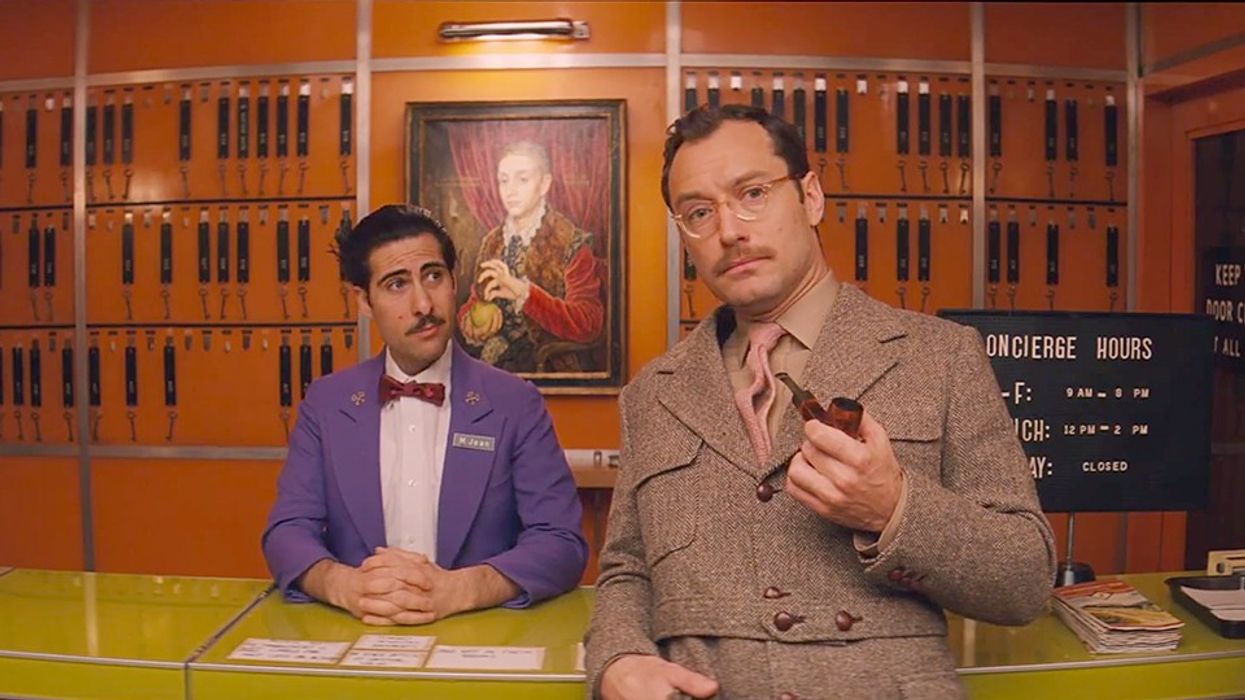'Bottle Rocket' to 'Budapest': The Evolution of Wes Anderson's Style
Wes Anderson is, arguably, the most stylistically influential director of his generation.

Unlike his non-relative namesake and peer, P.T., who has, in the same time period, traversed cinematic ground as varied as the cool Nevada Noir Hard Eight (or, Syndey), the Old Testament melodrama Magnolia, or, more recently, the early 20th-century epic There Will Be Blood, Wes Anderson has spent his career essentially becoming more and more Wes Anderson. Now, editor, blogger and all around nice guy Vashi Nedomansky has taken stills from Anderson's first eight features (50 for each film) and arranged them into a fascinating graphic that shows the evolution of Anderson's quirky style.
From 1996's Bottle Rocket all the way to last year's Grand Budapest Hotel, the filmmaker's essential themes (unfulfilled promise, family strife particularly between fathers and sons/brothers, wealth) and visual style (signature moves like his idiosyncratic use of zooms and dolly shots, symmetry in composition, the omnipresence of the Futura font, usually in yellow) have made him both inimitable, and, paradoxically, one of the easiest filmmakers to parody.
What becomes readily apparent is that Anderson's style has evolved along with his budget, as well as his ability to control the content of his films. In Bottle Rocket, for instance, the cutting and mise-en-scène, while familiarly Anderson-ian, are not nearly as stylized as the shots from Rushmore and nowhere nearly as intricate as The Royal Tenenbaums. This makes perfect sense given that as a director matures, their stylistic instincts mature (along with an ability to turn these instincts into "concrete" images).
With each new film, Anderson has been able to exercise more and more creative control over the worlds he is depicting, and whether that is the result of contractual clause or budget (or probably both, plus several other factors), the result is a director who has taken his own personal aesthetic and made it part of the culture, and that is no small achievement. Enjoy the graphic and be sure to check out Vashi Visuals as well as Film Grab, a huge repository of stills from decades of movies.
Source: Vashi Visuals
 Credit: Vashi Nedomansky
Credit: Vashi Nedomansky










